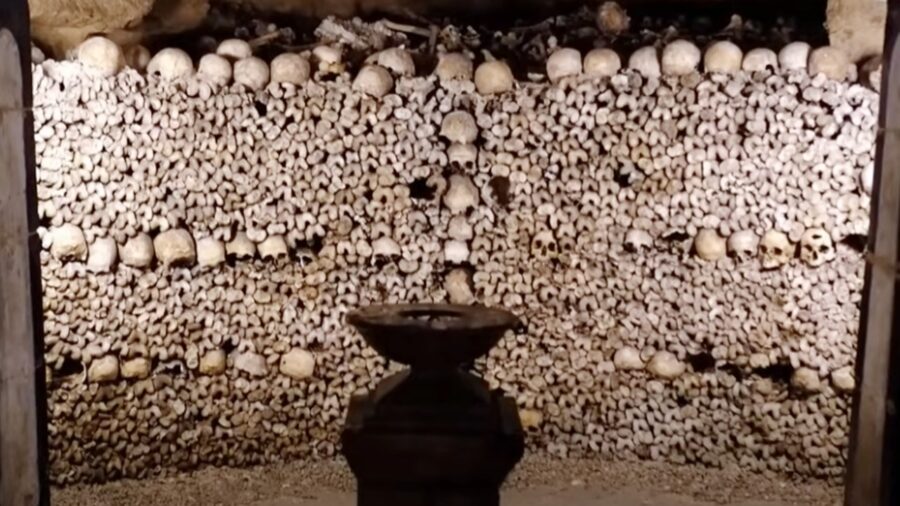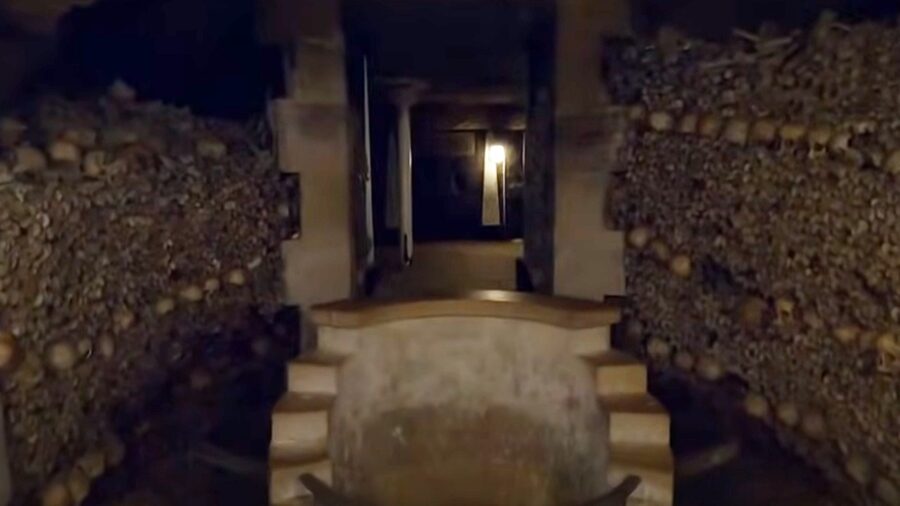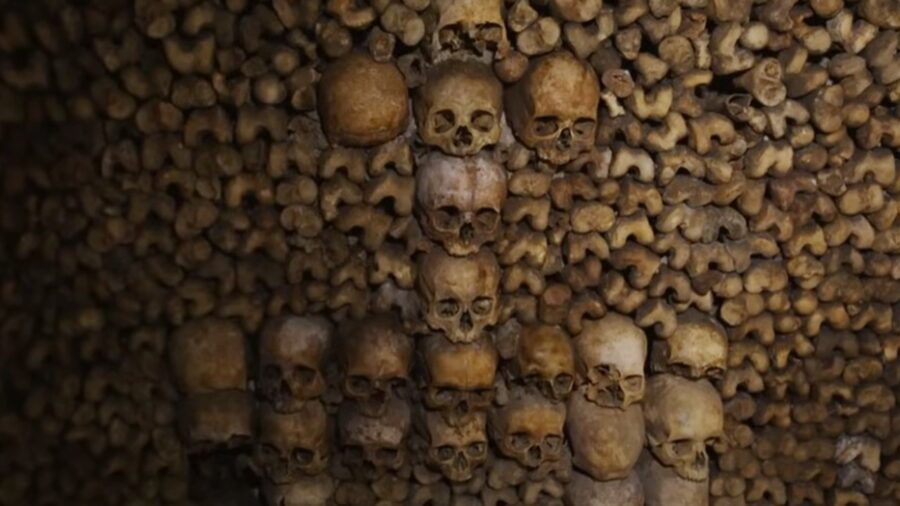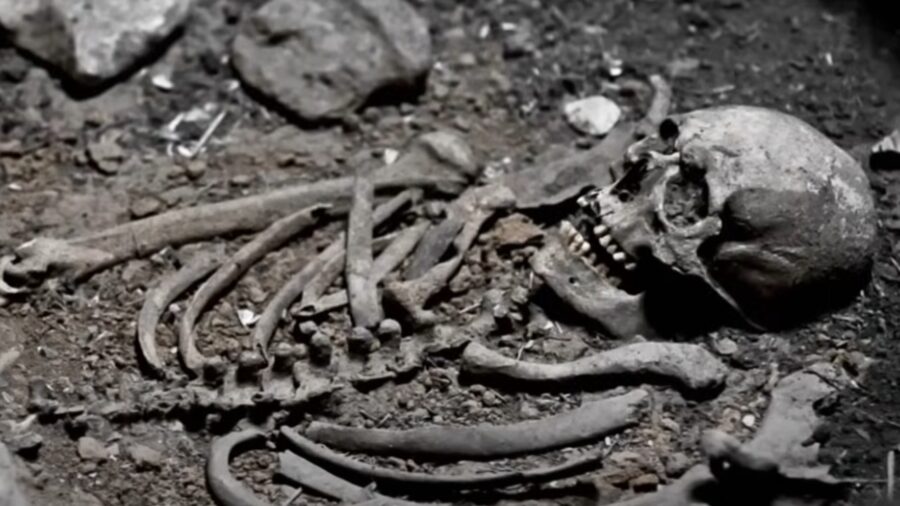Paris Catacombs Reveal Millions Buried After Centuries

Under the modern streets of Paris, there’s a system of catacombs that houses the bones of millions of people whose bodies were unceremoniously dumped down quarry shafts as the city expanded. Now, a team of researchers is delving into the site to try and determine what killed these people and when exactly they perished to track the history of disease and medical practice at the time they lived. This is surprisingly the first time that the Paris catacombs have been excavated for scientific study, and the project could yield valuable insight into human history.
The Largest Mass Grave In The World

The Paris catacombs are likely the largest deposit of human remains in the world, containing between 5 and 6 million skeletons that were placed there between the late 18th and early 19th centuries. Because the central cemeteries of Paris were overcrowded at the time, bodies were disinterred from their graves within the city and thrown down the shafts of unused quarries in what was then the outskirts of town. Because of the unceremonious handling of the remains, they were never sorted or properly buried, and the mixed-up jumble of skeletons has laid beneath the streets of Paris in what became catacombs ever since.
Popular lore at the time was that the city’s official burial sites were so overcrowded that basement walls were collapsing, with decomposing bodies falling into residences. However, historians point to a much more mundane reason for the removal of remains from the center of Paris. At the time, real estate was scarce, and the city was growing, so dumping a few million bodies into the catacombs seemed like a good way to free up some land.
Skeletal Walls

By 1810, government officials saw fit to give the dead some respect, so the abandoned quarries of Paris were turned into catacombs. Louis-Étienne Héricard de Thury, the inspector general of the quarries, decided to arrange the bones in a more pleasing manner so that the place of interment could be visited and appreciated. The skeletons were built into walls that closed off the piles of human remains behind them.
Because the bones in the Paris catacombs have been exposed to moisture and human interference over the years, sections of the bone wall have collapsed, requiring repair. During these excavations, some studies of the condition of the remains, delving into the autopsy and embalming practices over the 1,000 years that the giant tomb represents, were made possible. Researchers were able to study what heavy metals people were exposed to, what diseases they had, and what medical practices were used on them throughout their lives, and it gave them the idea to do a larger, more extensive study.
A Window Into The Past

The scope of the Paris catacombs means that through current methods, excavating and studying the massive deposit of human remains would take more than a lifetime, although DNA science and the use of alternative light source cameras could speed up the process some. While the task is daunting, the Paris catacombs offer a unique insight into human history in the region and could provide valuable information on past pandemics, the effects of economic and social change, and the evolution of medical practices over the centuries.
Although the original interment of these remains was more like a dump than a solemn ceremony, their presence could be a boon for scientists who want to study our past, no matter how spooky it seems to walk on streets above a 6-million-person mass grave.













Login with Google